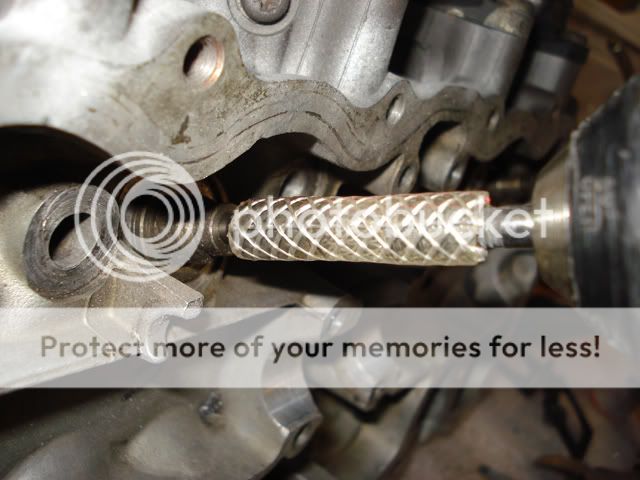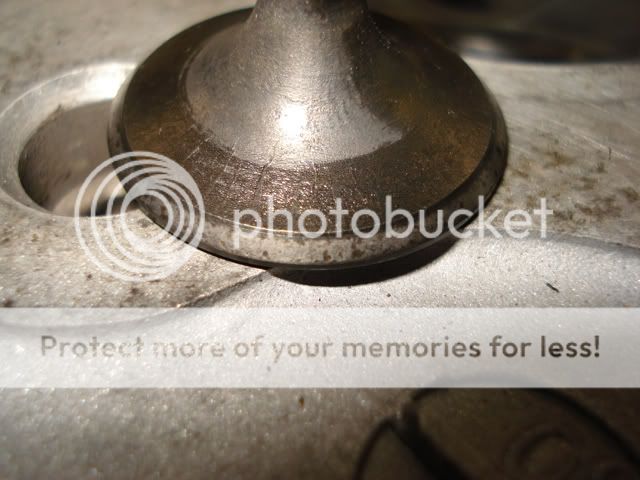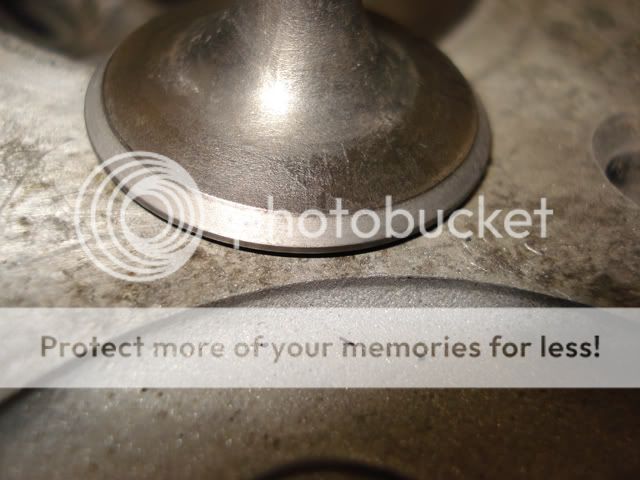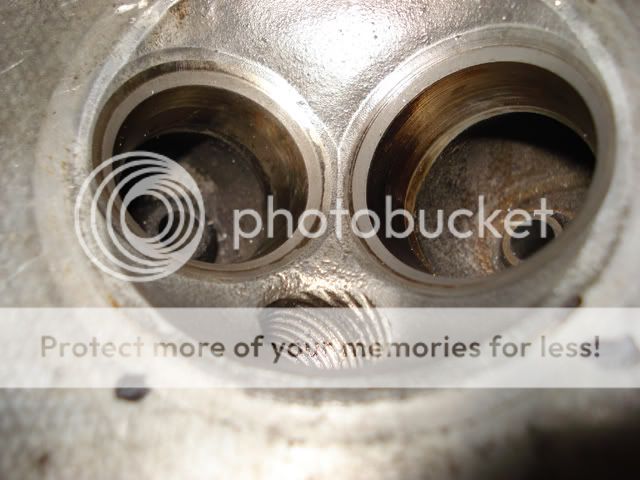bikeboy
Over 1,000 Posts
Code:
I thought I should put a disclaimer on this thread since posting, because consensus seems to be lapping valves without associated valve seat cutting is not a recommended procedure. I've left this post in tact so that people can read through the conversations and draw their own conclusions, but it seems I've been a little hasty (and possibly heavy-handed) in my approach. There's been some good responses from some guys who know more about these things than me, so before anyone considers tackling this project, take onboard all the advice offered. If in the end you decide to give it a try, be gentle, go slow (and in both directions), and you should be fine.Just came across a new (to me) way of lapping valves and thought I'd share. Some of you may be already using this method, so bear with me.
It all started when I was looking to find a lapping stick small enough to work with motorcycle valves, and having no luck. I got talking to one of the guys behind the counter, who also does his own bike motors. He suggested I attack it from the other end, and attach a cordless drill to the valve stem, and pull it back onto the seat from below (above??)
Anyway, sounded like a plan, and I was having no luck finding my suction-cup thingy. So I gave it a try. It works brilliantly!
This is the set-up:

I used a bit of fuel hose so I could slip it on and off easily, and not risk damaging the stem with the drill chuck. Push it on, and pull it off.
In no time, I had worked this:

into this:

and the seats in the head are equally smooth.
The head was inverted on the bench with the valve hanging over the edge for access to the stem from below.
I guess the trick is to not go too fast, keep lifting the valve to spread the paste, and apply gentle pressure on the valve head. I only used the fine paste, because I wasn't too sure how aggressive this would be. Turned out OK I reckon.
Anyway, I hate to think about the time I've spent chasing that stupid suction-cup all over the place (and it never *really* stuck either!) Never again.
The bonus is all it cost me was a 40mm length of fuel hose I had any way!
Win.
Hope someone finds this helpful?
cheers
ian





